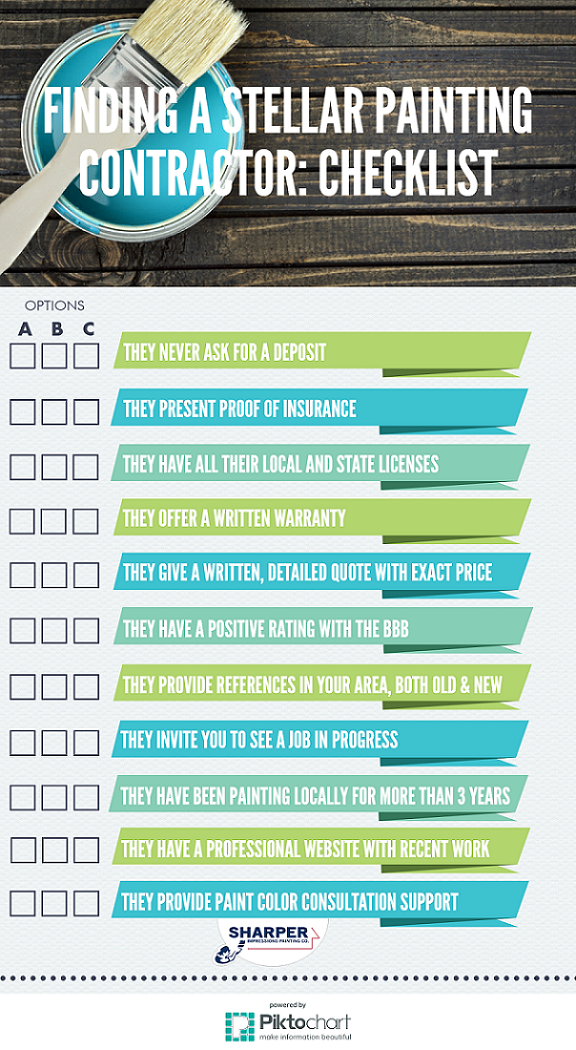How Can Selecting The Best Colors Enhance Your Brand Name'S Beauty In Industrial Exterior Paint? Learn About The Crucial Aspects That Inform Your Options
How Can Selecting The Best Colors Enhance Your Brand Name'S Beauty In Industrial Exterior Paint? Learn About The Crucial Aspects That Inform Your Options
Blog Article
Short Article Writer-Williford Helbo
When it comes to industrial outside painting, the shades you pick can make or break your brand's allure. Recognizing how various shades influence assumption is crucial to drawing in consumers and constructing count on. However it's not almost individual choice; local patterns and guidelines play a considerable function also. So, how do you locate the perfect equilibrium between your vision and what resonates with the community? Let's explore the important aspects that direct your color choices.
Recognizing Shade Psychology and Its Impact on Service
When you select colors for your company's outside, understanding shade psychology can dramatically influence just how possible customers perceive your brand.
Colors evoke feelings and set the tone for your company. For example, blue usually shares trust fund and expertise, making it optimal for banks. Red can produce a feeling of necessity, best for restaurants and inventory-clearance sale.
On the other hand, eco-friendly represents development and sustainability, interesting eco-conscious customers. Yellow grabs interest and stimulates optimism, however way too much can bewilder.
Consider your target audience and the message you wish to send. By choosing the right colors, you not only enhance your curb appeal however additionally straighten your photo with your brand values, eventually driving client involvement and commitment.
Analyzing Citizen Trends and Laws
Just how can you ensure your exterior paint options reverberate with the area? Begin by investigating neighborhood fads. Go to neighboring businesses and observe their color design.
Keep in mind of what's preferred and what feels out of location. This'll aid you straighten your options with area visual appeals.
Next off, check local regulations. Suggested Browsing have standards on outside shades, specifically in historical districts. color consultant sherwin williams don't want to hang around and cash on a scheme that isn't certified.
Involve with local entrepreneur or neighborhood teams to gather insights. They can provide valuable feedback on what shades are popular.
Tips for Harmonizing With the Surrounding Setting
To develop a cohesive appearance that mixes perfectly with your surroundings, think about the natural environment and building designs nearby. Beginning by observing the shades of close-by buildings and landscapes. Natural tones like eco-friendlies, browns, and muted grays usually function well in natural setups.
If your residential or commercial property is near vibrant metropolitan areas, you might choose bolder tones that reflect the regional energy.
Next off, think about the building design of your building. Traditional designs may gain from traditional colors, while modern-day layouts can embrace modern schemes.
Examine interior painters edmonton with examples on the wall surface to see exactly how they communicate with the light and setting.
Finally, keep in mind any type of regional standards or area appearances to guarantee your choice enhances, rather than clashes with, the surroundings.
Verdict
Finally, picking the right colors for your business exterior isn't just about looks; it's a critical decision that influences your brand's perception. By using color psychology, taking into consideration neighborhood fads, and guaranteeing harmony with your surroundings, you'll produce an inviting ambience that draws in consumers. Do not neglect to check examples before devoting! With the best method, you can elevate your company's curb allure and foster lasting consumer interaction and loyalty.
